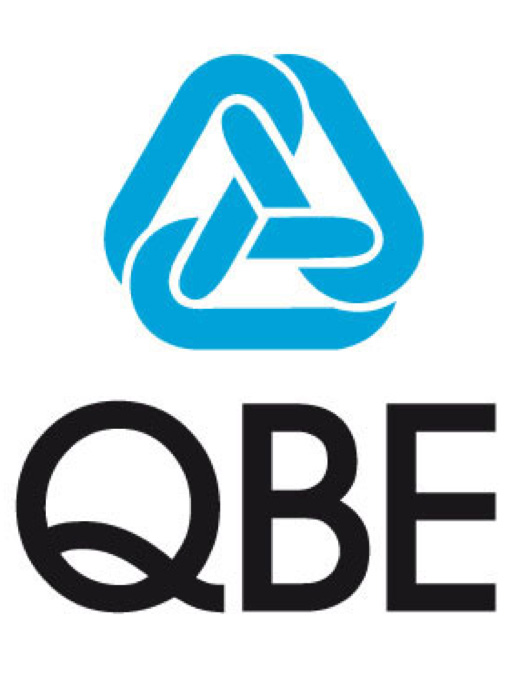The Sydney-based insurer told shareholders to brace for a multimillion-dollar hit to its pre-tax profits and has increased its 2017 large individual risk and catastrophe claims allowance to cope with the surge in claims.
John Neal, QBE's chief executive, told the Australian Stock Exchange on Tuesday that Australia's Cyclone Debbie from March and April, and hurricanes Harvey, Irma and Maria, which hit the Gulf of Mexico, the Caribbean and Florida, as well the recent earthquakes in Mexico, had all affected QBE's businesses.
He said the global group had been forced to increase its 2017 allowance for large individual risk and catastrophe claims to $1.75bn, leading to a pre-tax hit to profits worth $600m.
"The catastrophic events over the past month have caused a tragic loss of life and substantial and widespread property and infrastructure damage," Neal said on Tuesday. "Our thoughts are with those affected by these devastating events including our customers, businesses partners and employees.
"Given catastrophe losses to date, 2017 will likely prove to be the costliest year in the history of the global insurance industry."
Neal's note to shareholders follows a landmark statement from Australia's financial regulator earlier this year warning that climate change posed a material risk to Australia's entire financial system and urging companies to start adapting.
Geoff Summerhayes, from the Australian Prudential Regulation Authority, a former CEO of Suncorp Life, delivered the warning at the Insurance Council of Australia's annual forum in Sydney in February.
Summerhayes said much of the early policy thinking about climate change had focused on the risks to insurance firms and their exposure to losses from increasingly frequent and severe natural disasters but other groups, such as banks, asset managers and superannuation funds, needed to start adapting too.
In June the Senate passed a motion for an inquiry into the threats and long-term risks posed by climate change to national and international security, and Australia's readiness to mitigate and respond to climate-related crises in the region.
Neal said on Tuesday that this year's natural disasters had pushed the target for QBE group's 2017 combined underwriting ratio on its insurance business (which drives the group's underwriting profit) to 100%-102%.
That means QBE is sitting somewhere between breakeven and a 2% loss on its top line at the underwriting level.
However, a spokesman said QBE was still on track to generate investment returns of roughly 3% this year and those investment returns would offset the group's underwriting performance, so QBE would still record a pre-tax profit this year.
Neal said it was too early to speculate how much reinsurance and primary insurance pricing would rise as a consequence of this year's natural disasters. QBE would stand to benefit from the price rises because much of its reinsurance programs had already been purchased for 2018.
QBE's share price fell 3.73% by lunchtime on Tuesday.
Australia's 2016 defence white paper said climate change would contribute to state fragility, which it identified as one of the six key drivers that will "shape the development of Australia's security environment to 2035".
Late last year, an analysis by a coalition of the world's biggest insurers found that the insurance "protection gap" - the difference between the costs of natural disasters and the amount insured - had quadrupled to $100bn a year since the 1980s.













 QBE Insurance, one of the world's biggest insurance companies, has warned 2017 will likely be the "costliest year in the history of the global insurance industry" after a series of catastrophic hurricanes in recent months.
QBE Insurance, one of the world's biggest insurance companies, has warned 2017 will likely be the "costliest year in the history of the global insurance industry" after a series of catastrophic hurricanes in recent months.